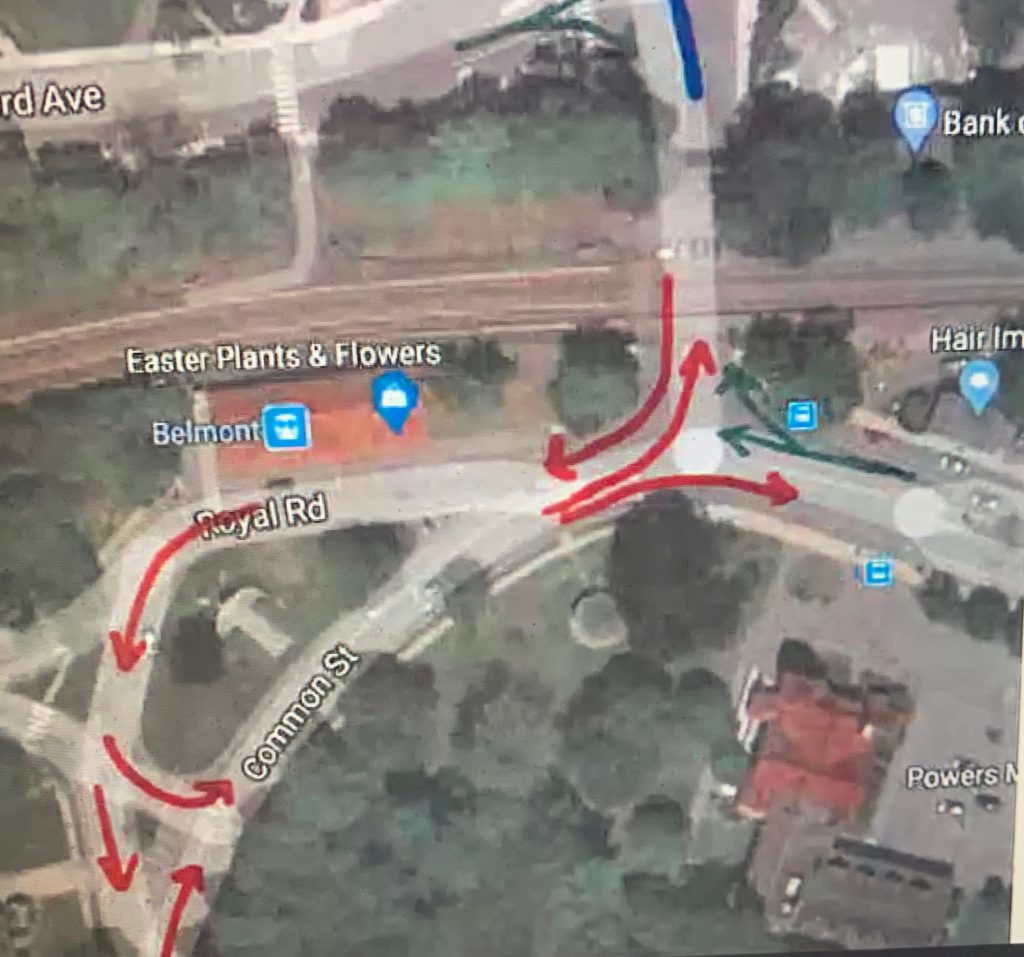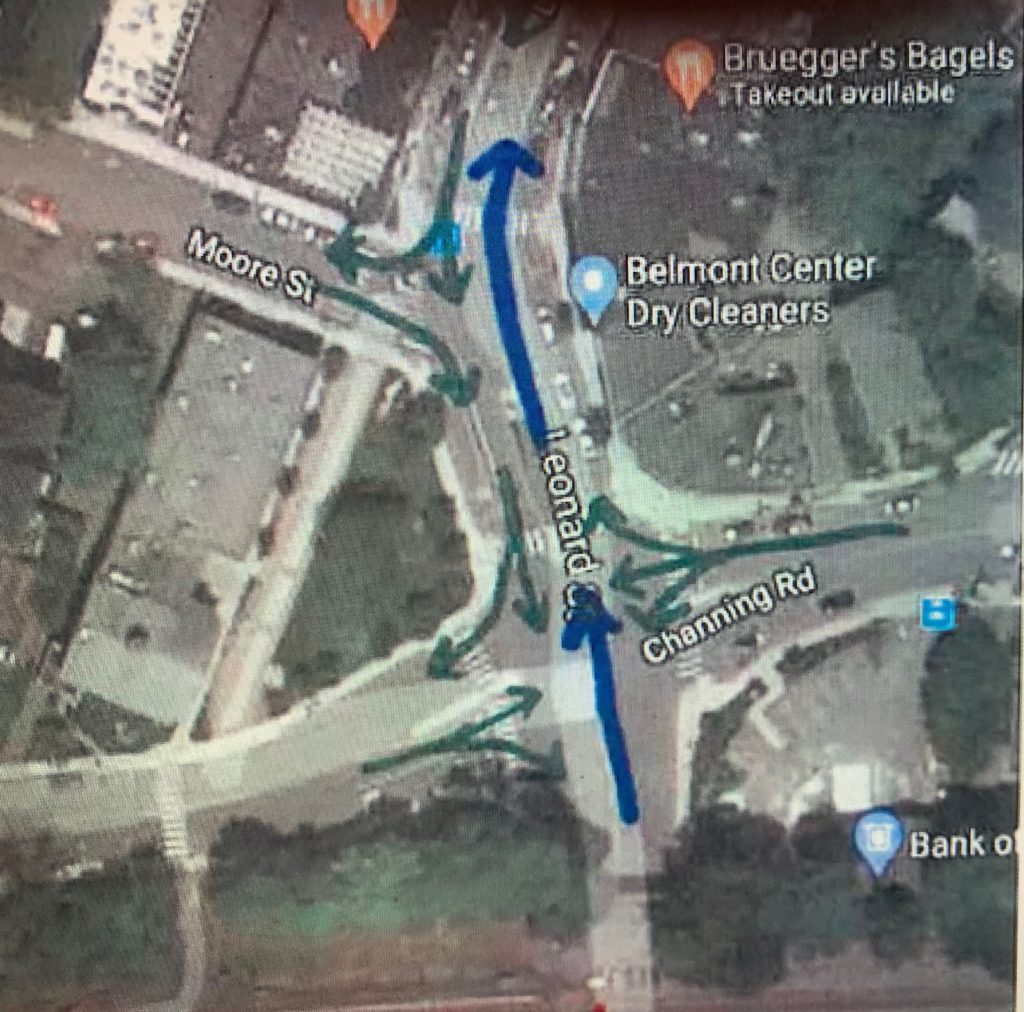Photo: Cardboard collection day is coming in January.
For the first time since it began two years ago, the next town cardboard event will have something extra: a $5 fee per resident will be required during the next drop off day coming after the holidays in early January.
While his fellow board members believe that including a fee will sow confusion and hard feelings among residents, Board Chair Roy Epstein is so convinced the fee based drop off will be a success, he pledged to make up any deficit out of his own pocket.
The cardboard event – which will be the first since June – will take place on Saturday, Jan. 9, at the Department of Public Works Yard at the end of C Street.
Jay Marcotte, Department of Public Works director, restated his opinion of two weeks previous on Nov. 9, that the only practical way to hold the drop off session is on the weekend with a fee to offset the $2,000 the event will cost the town.
“I would never as the department head agree to … getting rid of planned overtime with the expectation that I would still going to offer that service,” said Marcotte, who said residents are increasingly calling his office on when the next cardboard collection day will take place.
(Cardboard drop offs is a relatively new service, starting after the introduction of automated trash pickup in 2018.)
While suggestions were made to have the service during the workweek, “I don’t see how we would be able to safely conduct an event with a couple hundred cars … blocking up Waverly and C streets,” said Marcotte, noting he would be required to take a crew off of their normal work schedule to run the event.
Board member Tom Caputo countered the need for a fee drop off saying imposing onto residents a new cost would simply create confusion and frustration among the citizenry. Epstein felt that his colleague was “underestimating the ability of our residents to deal with something as simple as a cardboard program.”
“We’re talking about 200 or 300 households out of 10,000 [in Belmont],” he said. “It’s a convenience for a very small number of people in the scheme of things,” Epstein said.
The Select Board’s Adam Dash pondered if holding a potentially money losing fee-based event was worth doing in the first place. At $5 a pop, it’s unlikely the town will see the 300 vehicles needed to break even, said Dash.
“I’ll tell you what, Adam, I personally will make up the shortfall. You can quote me on that,” said Epstein.
What all side did agree on was the need for advanced notice to residents via the media and town signage on the new fee.
“We need to be clear why this is ,,, an unusual year and this is an unusual situation and we apologize” for requiring a fee, said Dash.
The DPW will also set up a pre-payment plan using the town’s Recreation Department website – which can accept credit and debit cards – along with information for contact tracing.
That day payments will also be accepted but it will take longer to process those residents due to the information they’ll need to write out the information required by the Health Department.

